In an unprecedented move that blends Renaissance mastery with cutting-edge technology, Michelangelo Imperfect at SMK Copenhagen offers the largest Michelangelo exhibition in over a century and a half. Rather than transporting fragile, irreplaceable works across continents, curators have employed state-of-the-art imaging and reproduction methods to bring audiences face-to-face with the artist’s most celebrated sculptures and drawings. This innovative approach marks Michelangelo’s 550th birthday, a fitting tribute to the man whose creative versatility embodied the Renaissance ideal.
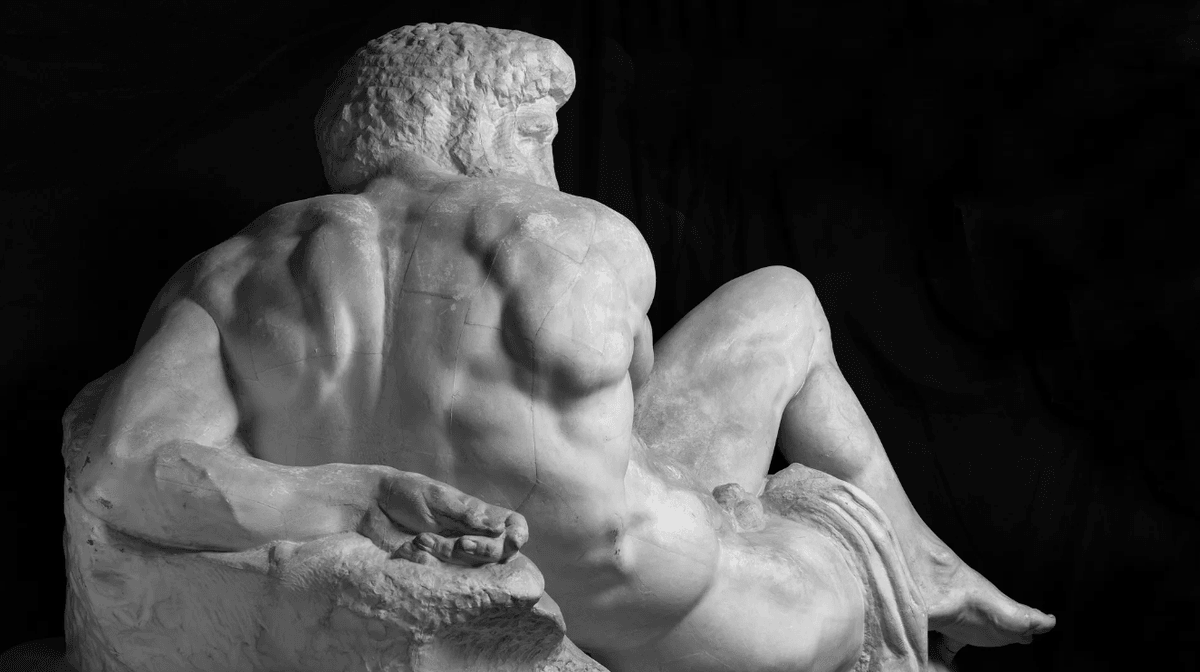
The last time such a grand assembly of Michelangelo’s works was seen was in 1875, when Florence honoured his 400th birthday. Today, Copenhagen, a city currently holding the title of UNESCO World Capital of Architecture, hosts this historic exhibition. Its goal is to break barriers of access, offering audiences the rare chance to experience pieces that would normally require multiple international trips or even a climb to an 8-metre-high vantage point. By reimagining the museum experience, the exhibition seeks to inspire future generations to dream and create with the same boldness as Michelangelo himself.
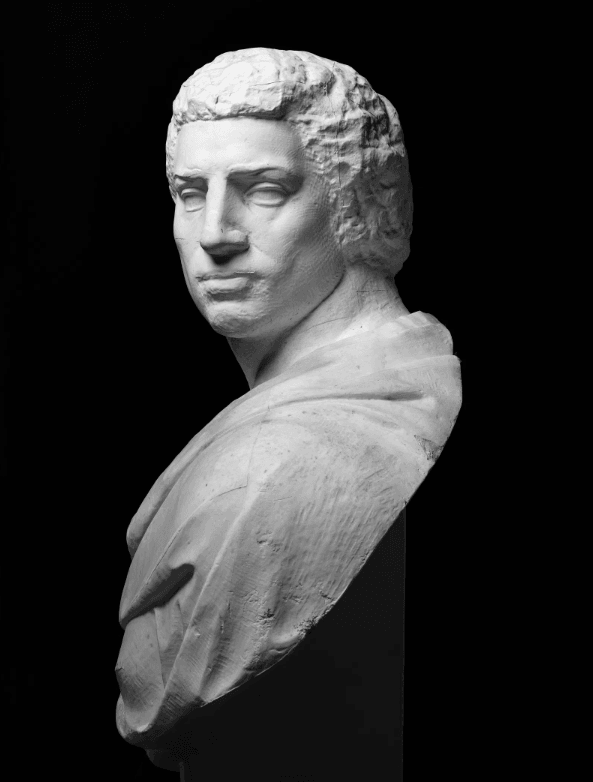
Visitors are greeted at the entrance by a marble and sound installation created by Danish poet Morten Søndergaard, using stone from the famed Carrara quarries that once supplied Michelangelo. Inside, the museum’s sculpture street transforms into a grand hall of human forms, particularly the male anatomy for which Michelangelo was renowned. Plaster casts from the 19th century bring together masterpieces like Bacchus, St Peter’s Pietà, Moses, the Louvre Prisoners, and the Medici Chapel sculptures. From Copenhagen’s harbour district comes the five-metre-tall bronze David, whose expression shifts as viewers walk around him, from confident warrior to a figure gripped by hesitation, perfectly illustrating Michelangelo’s gift for emotional depth.
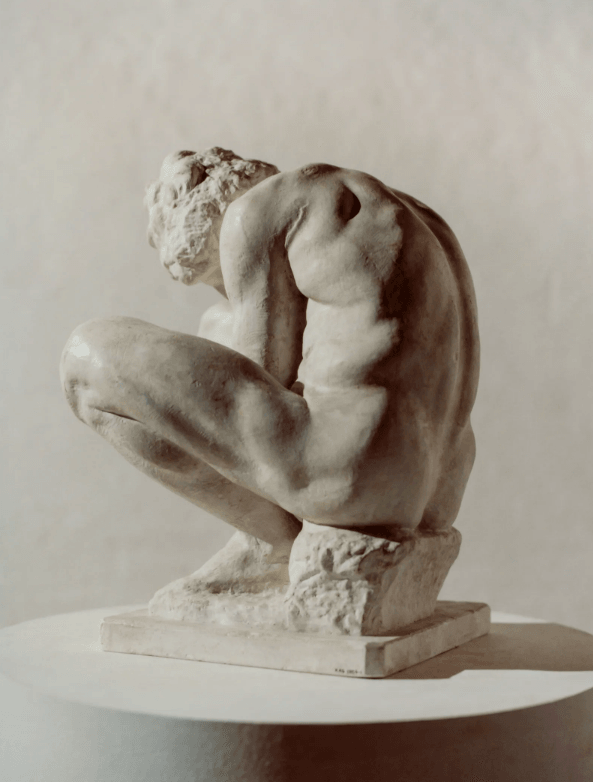
Among the most remarkable inclusions is the painstaking reconstruction of St John the Baptist as an Infant (1495–1496), a work destroyed during the Spanish Civil War. Using scans of surviving fragments, neutral plaster replacements, and references from comparable statues like Bacchus, the Factum Foundation crafted a new 3D model. Cast with extraordinary detail, the replica revives the presence of a masterpiece lost to history.
Every reproduction in Michelangelo Imperfect results from high-fidelity 3D imaging accurate to the micron, capturing form and surface detail separately from colour. This level of precision allows every vein, fold, and muscle to be replicated, while providing researchers fresh insights into Michelangelo’s working methods, such as his way of bending elbows, sculpting hands, and twisting torsos to convey emotion. Curator Matthias Wivel also reflects on Michelangelo’s famed “unfinished” style, suggesting that the truth lies between intentional artistry and the constraints of circumstance.
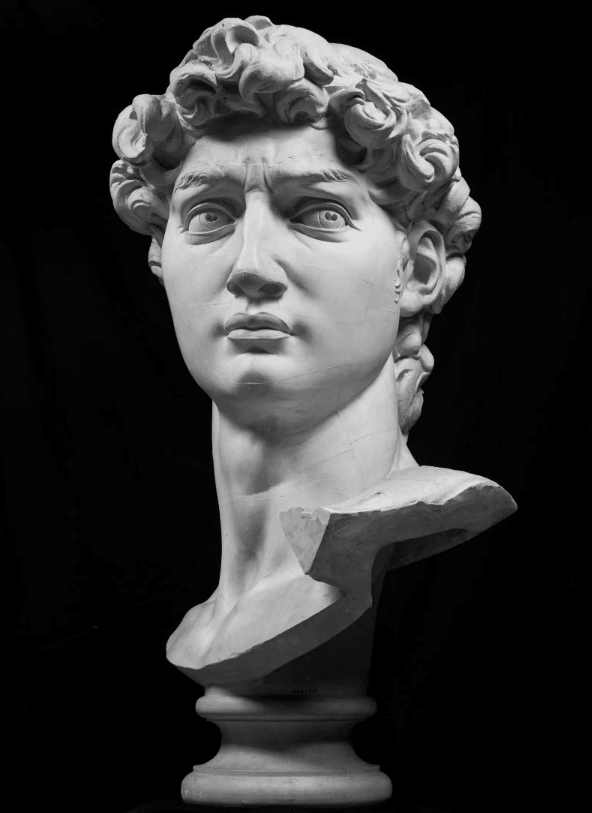
One of the exhibition’s biggest challenges was securing permissions from rights holders to scan and reproduce the original works. While some embraced the idea, others hesitated, highlighting the ongoing debate around reproductions. Wivel sees the technology not as a threat, but as an opportunity to spark dialogue about authenticity, accessibility, and preservation.
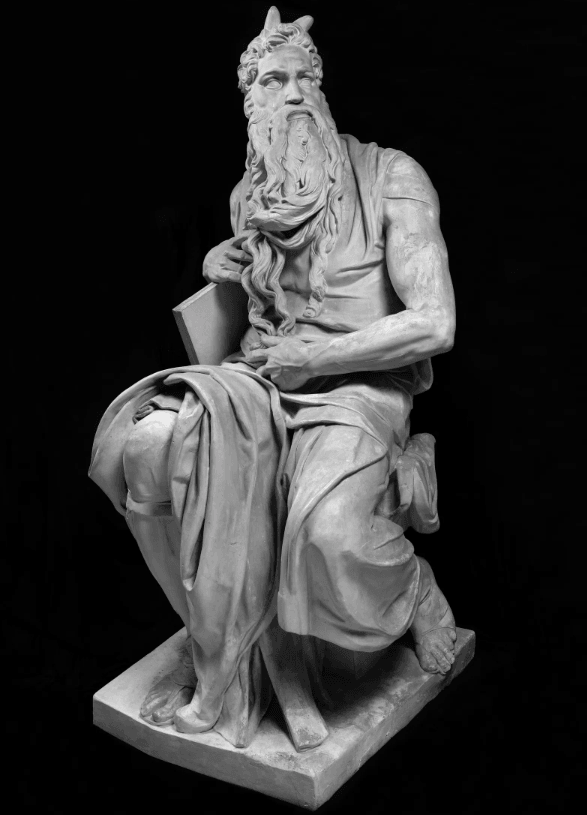
In an era when AI-generated imagery floods digital platforms, the exhibition makes a powerful statement: technology can enhance our connection to art when guided by skilled hands. Factum’s process involves extensive manual craftsmanship, from replicating the marble’s veining to hand-finishing surface colours after casting. As Wivel notes, “It’s not simply pressing a button.”
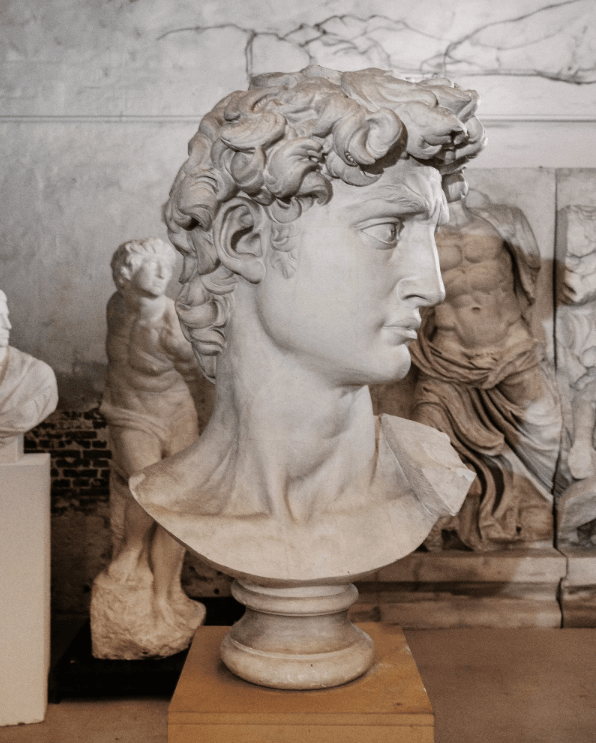
Michelangelo Imperfect is more than a showcase, it’s a bridge between past and present, offering a rare chance to engage with the genius of Michelangelo through the lens of today’s most advanced tools, without losing the human touch that defines great art.
